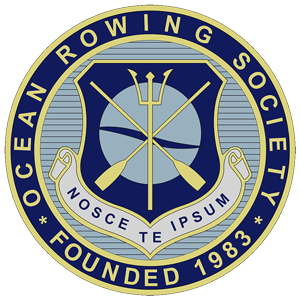It also creates the possibility of running a dynamo off of the flywheel to generate
electricity if the solar panels are not providing enough electricity to run the
essential systems.
Mark also hopes to be able to install a system on board which will monitor the amount of
effort he is putting in to the row so that people at home can be inspired to row along
with him and in doing so, generate money for his chosen charities.
Work is currently underway to install this system and Mark hopes to begin sea trials of
the system during the summer of 2020.
It is a completely new concept so Mark will also be taking a set of conventional oars
with him not only as a back up but as different conditions may favour one method of
propulsion over the other.
Unlike boats with two or more crew, there will be substantial periods when Mark needs to
rest and leave the boat to drift. Given that there will be shipping in the areas that
Mark will be going through, it is fitted with an AIS system which will both alert Mark
to the presence of other vessels and their likelihood of running in to him and alert the
approaching vessel to his presence. Having crossed the Atlantic many times, sometimes in
large seas, Mark knows how easily a small object like Square Peg can be lost amongst the
waves, particularly to an approaching vessel he saw it as very important to make himself
as visible as possible.
The boat is fitted with a desalinator to turn sea water in to drinking water which Mark
will need to re-hydrate the majority of his food as it would be impractical to carry
enough hydrated food on board for a 5 month passage.
He will be able to stay in touch with the outside world using a satellite telephone which
will also allow him to send and receive regular updates.

